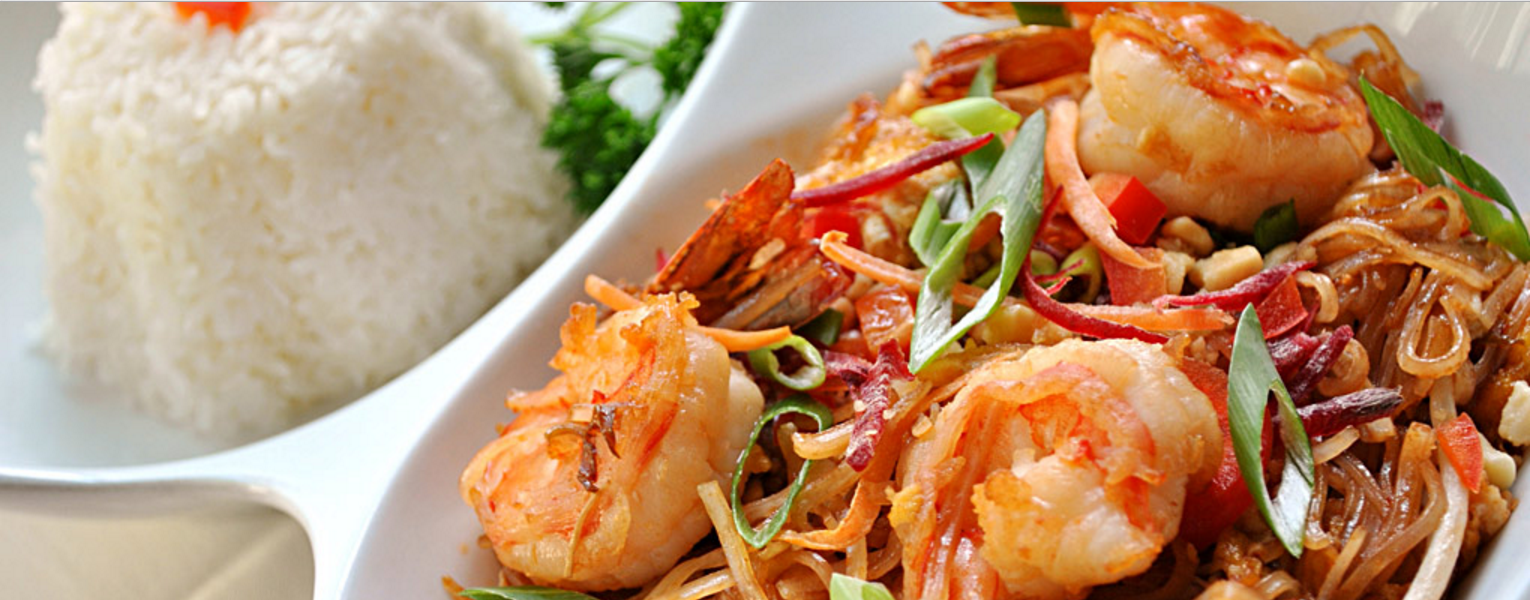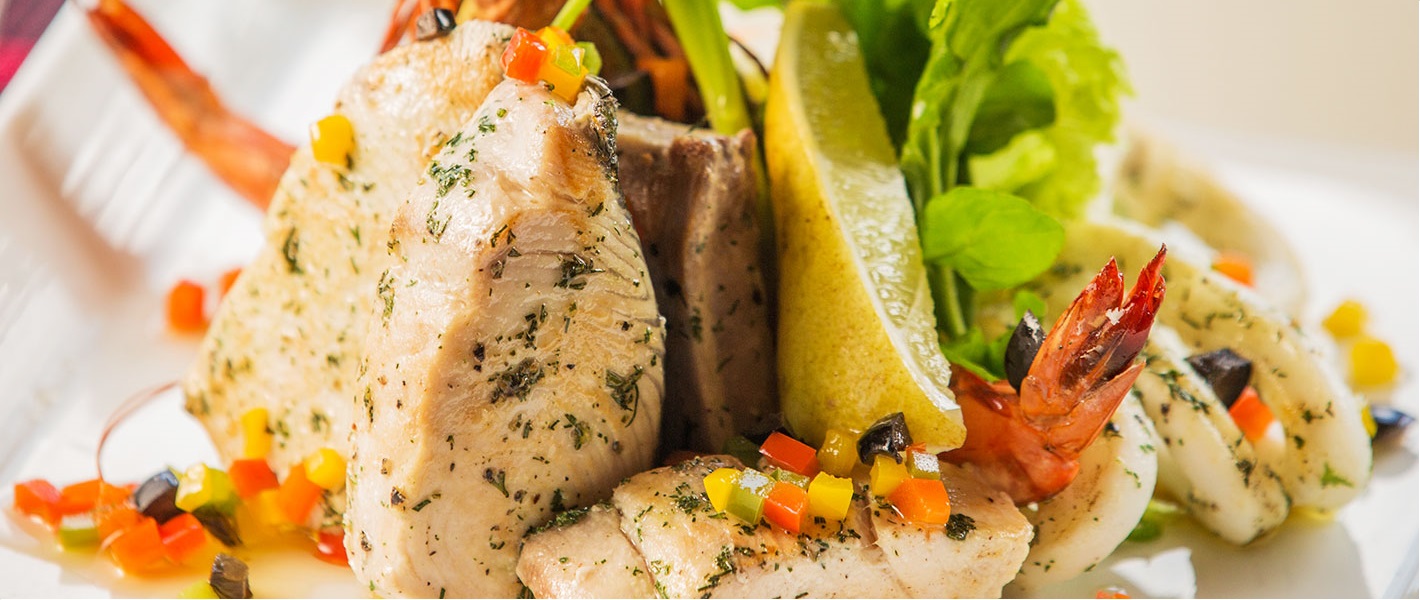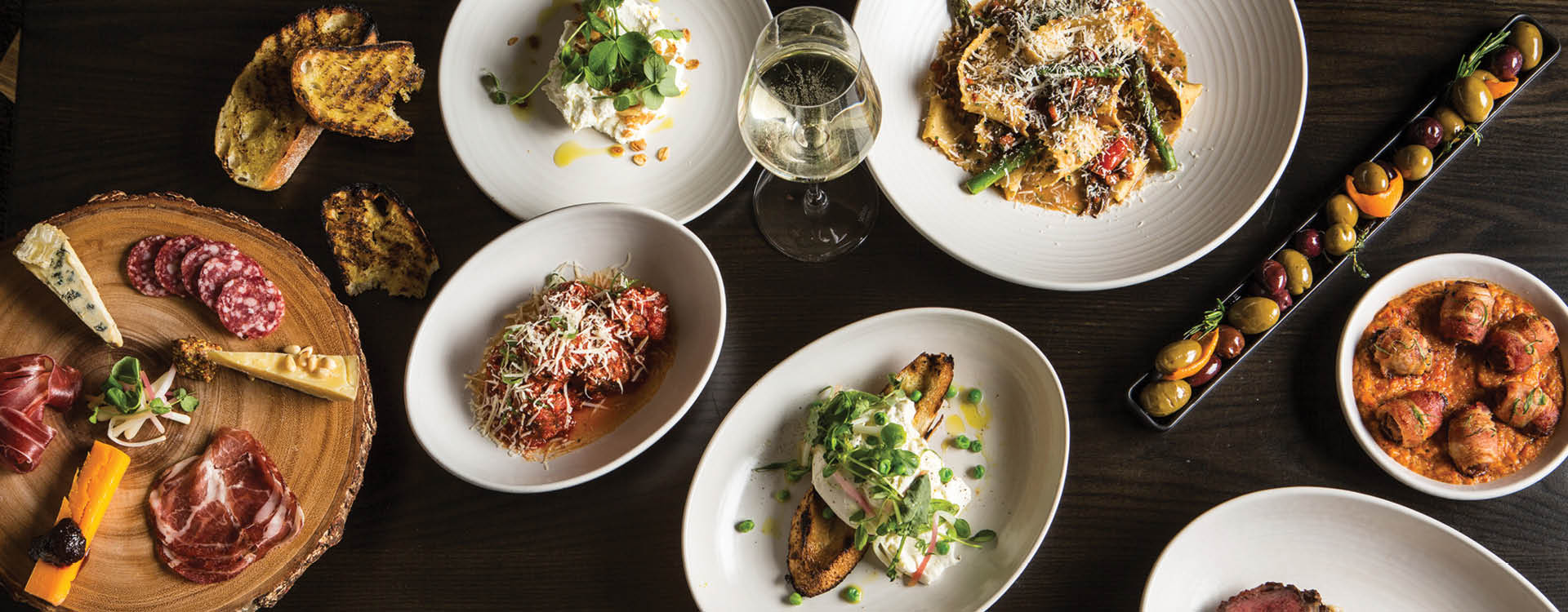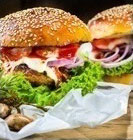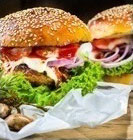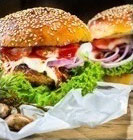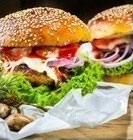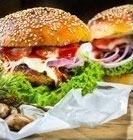Smørrebrød
Few meals are more traditionally Danish than smørrebrød. These open-faced sandwiches are made with fresh ingredients, often by masters skilled in the art of preparation, pairing, and presentation. Just as the types and toppings vary widely, so too do the ways in which you can consume it. The dish was originally intended as casual pub fare, and the proper accompaniments are still Danish beer or chilled aquavit.
Danish-style rye bread a dense, dark brown bread , is the most traditional base for smørrebrød. Usually fermented, it's malty and sweet with a sour tang. In other words, even a thin slice has robust flavors. However, some modern restaurants choose to show off more delicate toppings (like seafood), on slices of toasted white bread or brioche.
The bread is always primed with a thin layer of butter, goose fat, or another rich spread, which prevents the bread from getting soggy beneath juicier toppings. “In the old days, smørrebrød were basically a tsunami of meat,” says Danish Chef Adam Aamann. Roasted or fried beef was classic, as was liver pâté. But even on seafood or vegetable smørrebrød—especially when the vegetables are bitter—you always want some form of fat or richness: mayonnaise, butter, chopped avocado, or cheese (just not with fish).
Read more




